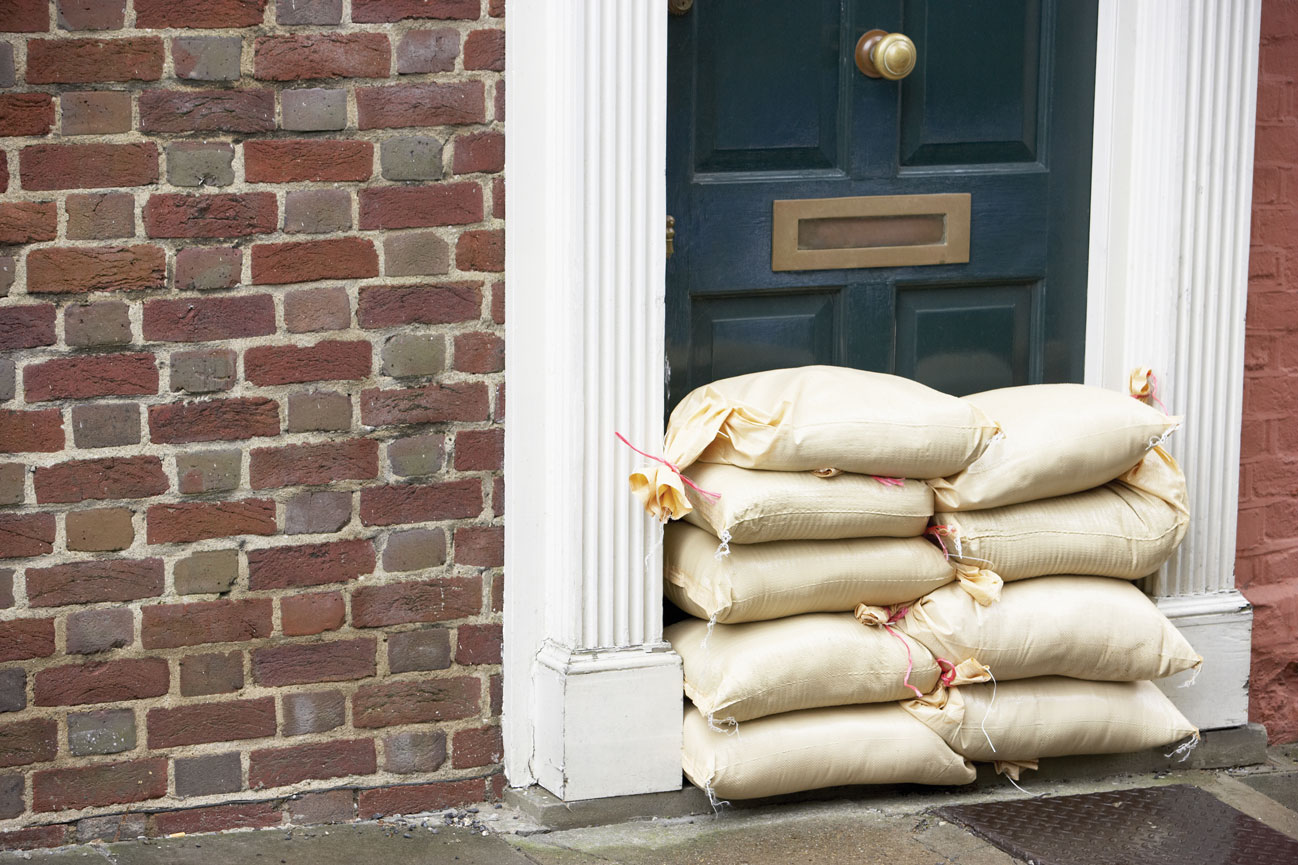Insurance
Top tips to protect your home from flooding

The snow may have subsided but households are being urged to protect their properties against heavy rain.
With warnings of high winds and heavy rain in place across the country as well as thawing snow and ice, homes are at risk of flooding and burst pipes.
Insurer Direct Line is predicting a busy week ahead for claims.
Martin Egan, national property claims manager at Direct Line home insurance, said: “If you do have a frozen pipe, turn the water off, drain the system and leave the taps open. Check the local weather report and if you are expecting high winds, lock your gates and put any garden furniture you can move into the garage. Nearly half of all weather related claims are due to roof damage. However, personal safety is paramount and if it is not safe to do so, do not attempt even temporary repairs.”
Households are also being urged to check the details of their insurance policies.
Hannah Jones, insurance expert at MoneySupermarket.com, commented: “People in ‘at risk’ households for flooding should check the details of their buildings and contents cover. If you are unfortunate enough to be flooded, you may need to claim on both policies, so understanding how much you’d need to pay out upfront in excesses and the procedure for making a claim is important.
“Those at risk from flooding should take expensive portable items upstairs or somewhere else dry and also ensure they protect irreplaceable sentimental items and important documents and paperwork. Your insurer will expect you to make attempts to minimise the cost of your claim, and having to organise for documents to be replaced can be a lengthy process. It’s much better to avoid this by keeping them out of harm’s way.”
“Car owners also need to consider their vehicles too. Unlike your home you can move your car away from flood risk areas and park it on higher ground. In severe cases cars can be completely submerged and even swept away by flood water so taking steps to keep your car safe is vital to avoid having to make a claim.”
Top tips
Insurer Zurich recommends the following tips to protect your home from flooding:
Indoors
| 1. | Turn off electricity, gas and mains water supplies. |
| 2. | Move as many possessions as possible (especially expensive, electrical or sentimental items) to upper floors. |
| 3. | Empty cabinets and drawers that cannot easily be moved and place contents out of harm’s way. |
| 4. | If furniture cannot easily be moved, weigh it down or tie it together. This helps prevent things floating about and damaging other belongings. |
| 5. | Disconnect appliances such as washing machines, gas cookers and dishwashers connected by rigid pipes to the mains supply. |
| 6. | Drains and toilets can let in floodwater, so block sinks and baths with a weighed down plug. Outlets for dishwashers and washing machines should be blocked and a sandbag placed in the toilet bowl. |
| 7. | Remove curtains. If this is not possible, lift them over the curtain pole to keep them clear of flood water. |
| 8. | Internal doors should be removed or left open. |
Outdoors
| 1. | Put flood boards and covers in place. If necessary use sandbags, plywood, plastic or metal sheeting to cover vents, doors, lower windows and air bricks to reduce the amount of water that gets in. Once the flood has passed, remove all coverings to allow air to circulate. |
| 2. | Move property such as garden furniture and dustbins to a safer location. |
| 3. | Move cars out of danger. |
| 4. | Move any household or garden chemicals that can contaminate the floodwater. Make sure these are stored up high. |
| 5. | Flow valves for propane gas or oil storage tanks should be shut off. |
| 6. | If the property is left unoccupied, always lock and secure it as best as you can and take easily moveable items away. |
Frozen pipes
Direct Line suggests these tips on how to thaw and protect condensing drain away pipes:
- The condensate pipe is a plastic pipe (black, white or grey), coming from the bottom of the boiler. If this pipe is less than 32mm in diameter and runs outside of the property or through a non-heated area then it should be fully insulated with waterproof lagging.
- Only attempt to thaw a condensate pipe that is at ground level and which is easily accessible to you. Under no circumstances should anyone attempt to thaw a condense pipe which is at height, without the assistance of a professionally trained engineer.
- A hot water bottle or heat wrap (like the ones that can be used to ease muscle discomfort) would be a suitable and safe way of thawing the condensate pipe. Hold the hot water bottle or warmed heat wrap around the pipe to thaw it.
- Once thawed, insulate the pipe with waterproof lagging. If it is not at ground level contact the installer in order to implement a permanent solution to prevent the condense freezing.